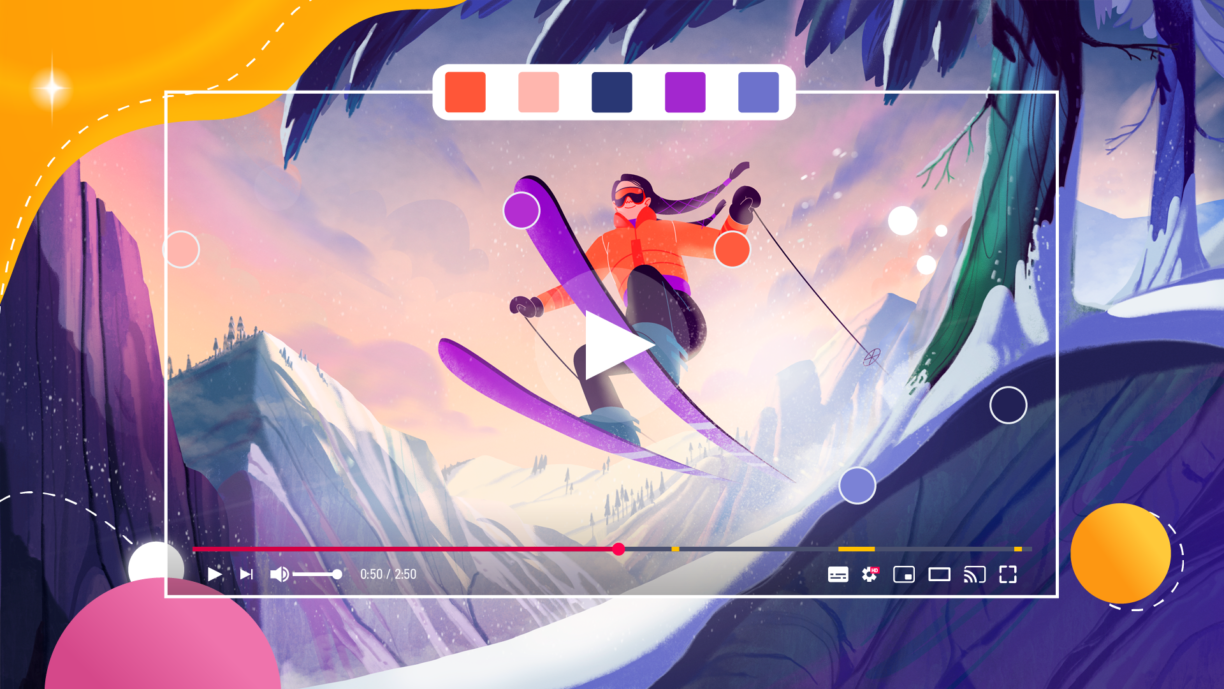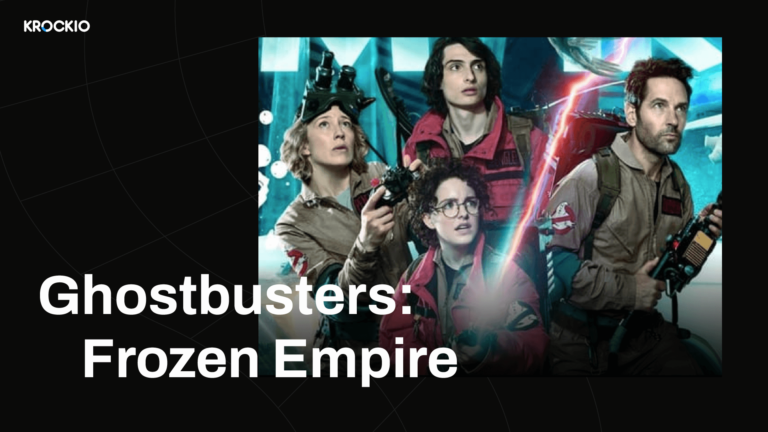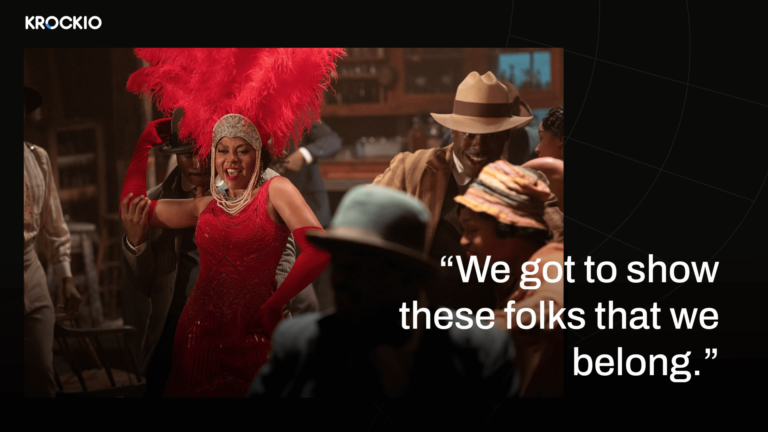Color is a crucial element in video production that can have a profound impact on the final product. It plays a vital role in establishing the mood and tone of a project, as well as conveying emotions and evoking reactions from viewers. In this article, we will explore the different aspects of color in video production, including its psychological impact, technical considerations, and practical applications.
Psychological Impact of Color
The psychological impact of color is well-documented and can be used to create a specific emotional response in viewers. Different colors evoke different emotions and can be used strategically to convey particular moods and tones. For example, warm colors such as red, orange, and yellow are often associated with energy, passion, and excitement.
Filmmakers can use these colors to create a sense of urgency or highlight specific elements in a scene.
On the other hand, cool colors such as blue, green, and purple are associated with calmness, relaxation, and serenity. Filmmakers can use these colors to create a tranquil atmosphere or convey a sense of professionalism and trust. Therefore, color selection in video production is a critical tool for directors and producers to manipulate the viewer’s emotions and reactions.
Technical Considerations
In addition to its psychological impact, color also plays a significant role in the technical aspects of video production. Color grading, for example, can significantly improve the visual quality of a project by correcting color imbalances and adjusting the color temperature.
Color grading is the process of manipulating the colors in a video to achieve a particular look and feel. This may involve adjusting the brightness and contrast, adding color tints or filters, or creating a specific color palette. Color grading is frequently used to create a consistent look and feel across an entire project, such as a TV series or feature film.
Another technical consideration is color correction. Color correction is the process of adjusting the color and exposure of the footage to match the desired look and feel. This may involve correcting color imbalances, adjusting the brightness and contrast, or removing color casts. Color correction is a critical step in the post-production process and can significantly improve the overall quality of a project.
Practical Applications
Color selection in video production has practical applications in many industries, including advertising, marketing, and branding. In these industries, choosing the right color can help establish a brand identity and create a strong visual association with a product or service.
For example, in the fast-food industry, the use of red and white is a common color combination, with brands such as McDonald’s and KFC utilizing these colors in their logos and branding materials. This combination is often associated with speed, energy, and excitement, which aligns with the fast-paced nature of the industry.
In the automotive industry, silver and black are often used to create a sense of sophistication and luxury. These colors are associated with high-end brands such as Mercedes-Benz and BMW, which use them in their marketing and advertising campaigns to convey a sense of elegance and refinement.
Color selection can also be used to create a specific brand identity. For example, the Coca-Cola brand is easily recognizable due to its signature red and white-color scheme. This color scheme has become synonymous with the brand and is immediately recognizable by consumers.
Incorporating Color in Video Production
Incorporating color into video production can be a complex process, and there are several ways to approach it. One approach is to use a color wheel to select colors that complement each other. Complementary colors are located opposite each other on the color wheel and create a pleasing contrast when used together.
Another approach is to use color grading software to manipulate the colors in the footage and create a specific look and feel. Many professional video editings software programs, such as Adobe Premiere Pro and DaVinci Resolve, offer advanced color grading tools that can be used to achieve a particular aesthetic.
When incorporating color into video production, it’s essential to consider the overall style and tone of the project. For example, a horror film might use darker colors, such as deep reds and blacks, to create a sense of fear and foreboding, while a romantic comedy might use lighter, warmer colors to create a sense of joy and happiness.
It’s also essential to consider the intended audience when selecting colors for video production. Different age groups and cultures may have different associations with certain colors.
For example, in Western cultures, the color red is often associated with passion and love, while in some Eastern cultures, it is associated with luck and fortune.

The Role of Color Temperature
In video production, color temperature is used to convey different emotions and moods. Warm colors, such as reds, yellows, and oranges, have a higher color temperature and can create a sense of energy and passion. These colors are often used in action movies, commercials, and other types of media that aim to excite and energize viewers.
Cool colors, such as blues, greens, and purples, have a lower color temperature and can create a sense of calmness and serenity. These colors are often used in dramas, documentaries, and other types of media that aim to evoke an emotional response from viewers.
Color temperature can also be used to convey the time of day in video production. For example, warm colors are often used to depict sunrise and sunset, while cooler colors are used to depict midday and nighttime.
Color temperature can be adjusted in post-production using color grading tools. Filmmakers can use these tools to adjust the color temperature of a shot, as well as other aspects of color, such as saturation, brightness, and contrast.
This allows filmmakers to create a specific look and feel for their productions, and it can greatly impact the emotional response of viewers.
The Impact of Color on Visual Hierarchy
Color plays an important role in the visual hierarchy in video production. Visual hierarchy refers to the arrangement of visual elements in a way that guides the viewer’s attention and emphasizes certain elements over others. The use of color can greatly impact visual hierarchy and help filmmakers to convey their intended message.
One way that color impacts visual hierarchy is through color contrast. When two colors with different levels of brightness or saturation are placed next to each other, the contrast between them creates a visual hierarchy. The brighter or more saturated color will draw the viewer’s attention and become the focal point of the shot. Filmmakers can use color contrast to emphasize certain elements in a shot and guide the viewer’s attention.
Another way that color impacts visual hierarchy is through color symbolism. Different colors have different meanings and associations.
Color can also impact visual hierarchy through color blocking. Color blocking refers to the use of large areas of color in a shot. This technique can create a strong visual hierarchy by emphasizing the color and drawing the viewer’s attention. Filmmakers can use color blocking to create a sense of contrast, balance, or harmony in a shot.
In addition to its impact on visual hierarchy, color can also impact the overall mood and tone of a production. Filmmakers can use color to create a specific mood or tone in their productions, which can greatly impact the emotional response of viewers.
Conclusion
In conclusion, color plays a critical role in video production, and its impact goes beyond just aesthetics. The psychological impact of color can be used to create specific emotions and reactions in viewers, while technical considerations such as color grading and correction can significantly improve the visual quality of a project. Color selection also has practical applications in many industries, including advertising and branding.
When incorporating color into video production, it’s essential to consider the overall style and tone of the project, as well as the intended audience. With the right color selection and manipulation, filmmakers can create a visually stunning project that evokes the desired emotional response from viewers.
Check out more articles on getting started with KROCK.IO:
- AI in Video Production
- Social Impact Storytelling: Using Video Production to Drive Change
- Webarbeider Studios & KROCKIO: Love Story
If you’re having any trouble or need any help, let us know.









